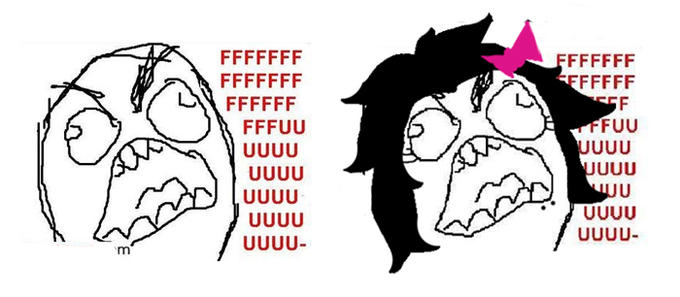Guides
What Are The Rules Of The Internet According To Early Internet Users?
The internet used to be a smaller and defiantly weirder place in the 2000s, to the point where a group of people took it upon themselves to create a list of rules and guidelines to help noobs navigate the web without stepping on too many toes. But how do these rules hold up against the ubiquity of the internet we now know?

Where Did The 'Rules Of The Internet' Come From?
The idea for making a set of unified rules for participating in the early internet originated from Internet Relay Chat (IRC) channels associated with the disparate hacker group Anonymous in the year 2006. A rough draft was made, posted, removed, and hotly debated between 2006 and 2007, with the earliest accessible list on Encyclopedia Dramatica showing some of the proposed 48 rules:
1) Do not talk about rules 2-33
34) If something exists, there is p*rn of it.
35) The exception to rule #34 is the citation of rule #34.
36) Anonymous does not forgive.
37) There are no girls on the internet.
38) A cat is fine too
39) One cat leads to another.
40) Another cat leads to zippocat.
42) It is delicious cake. You must eat it.
43) It is a delicious trap. You must hit it.
46) They will not bring back Snacks.
48) ???
49) Profit.
50. You can not divide by zero.
How Did The List Of 'Rules Of The Internet' Evolve In Consecutive Months?
There were attempts to create a canonical set of rules in the year 2007, with a version of the list being posted to 4chan, another version being hotly debated on Yahoo, and yet another comprehensive version being created on a wiki-style website exclusively for documenting every proposed "Rule of the Internet." In 2008, the wiki site gathered over 180 rules. By 2012, it had over 900.
By 2012, a list of 48 rules was informally canonized via recognition by Encyclopedia Dramatica and by the Internet Archive.
What Are Some Of The More Popular Rules Of The Internet?
A very popular internet rule is rule 34, which states that if something exists, there is salacious content about it on the internet. This rule is closely followed by rule 35, which states that if no such media exists, it soon will.
Another popular rule is pics or it didn't happen, which speaks to the ease of lying on the internet, and the burden of truth placed upon a person making a claim.
Rule 63 is a rule that is popularly explored in memes; if something exists, a gender-bended version of it exists, too. This can be seen in various meme faces like Derp and Derpina, or the newer Doomer and Doomer Girl.

Rule 33 is lurk moar, which serves as a rule of thumb for inexperienced users or newcomers to BBS or forums, where being unfamiliar with the codes or conventions of the community will likely result in miscommunications or being seen as a nuisance to others.

For the full history of the rules of the internet, be sure to check out Know Your Meme's encyclopedia entry for more information.
